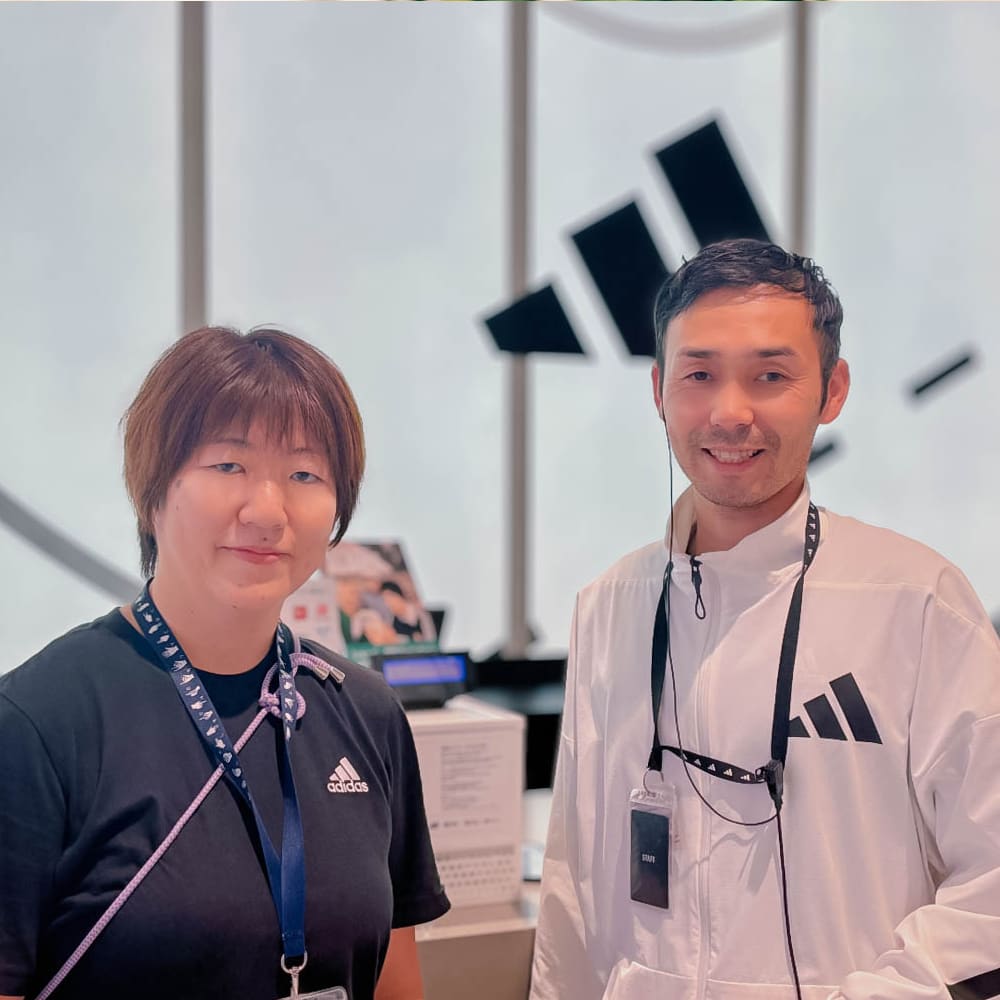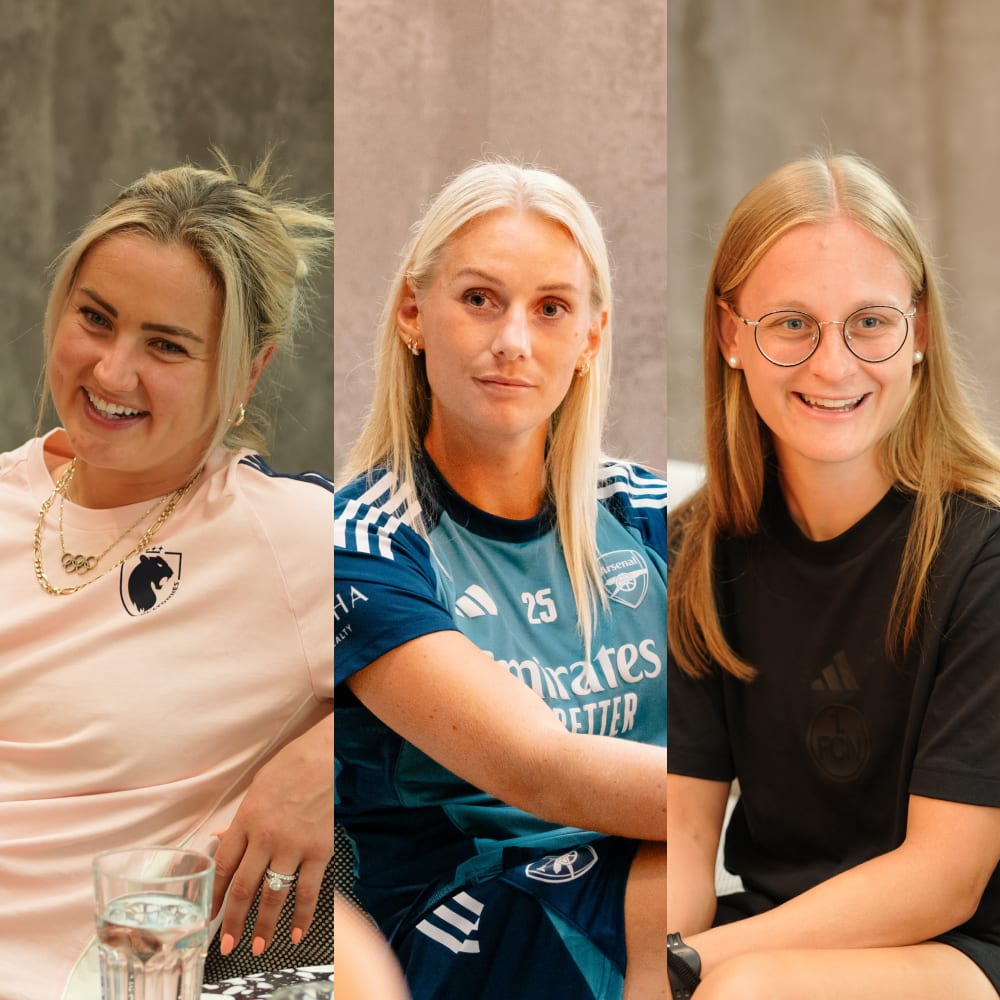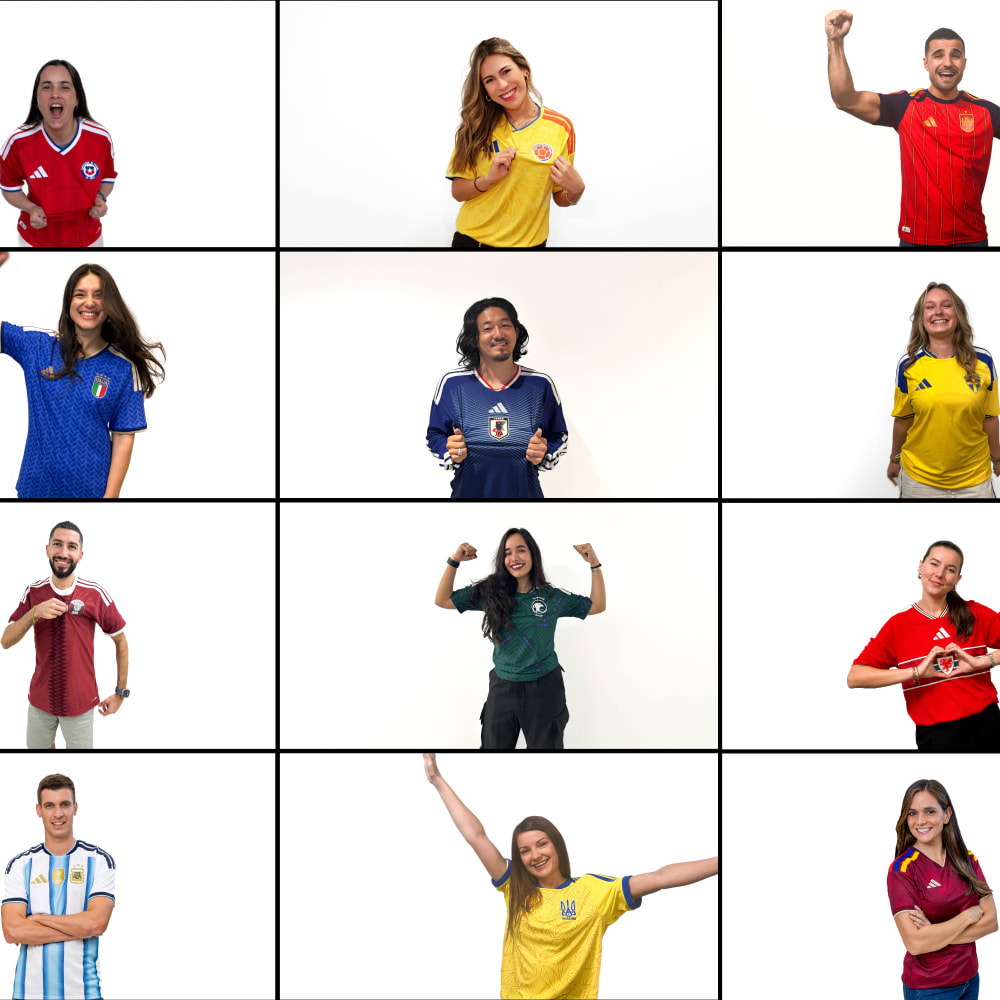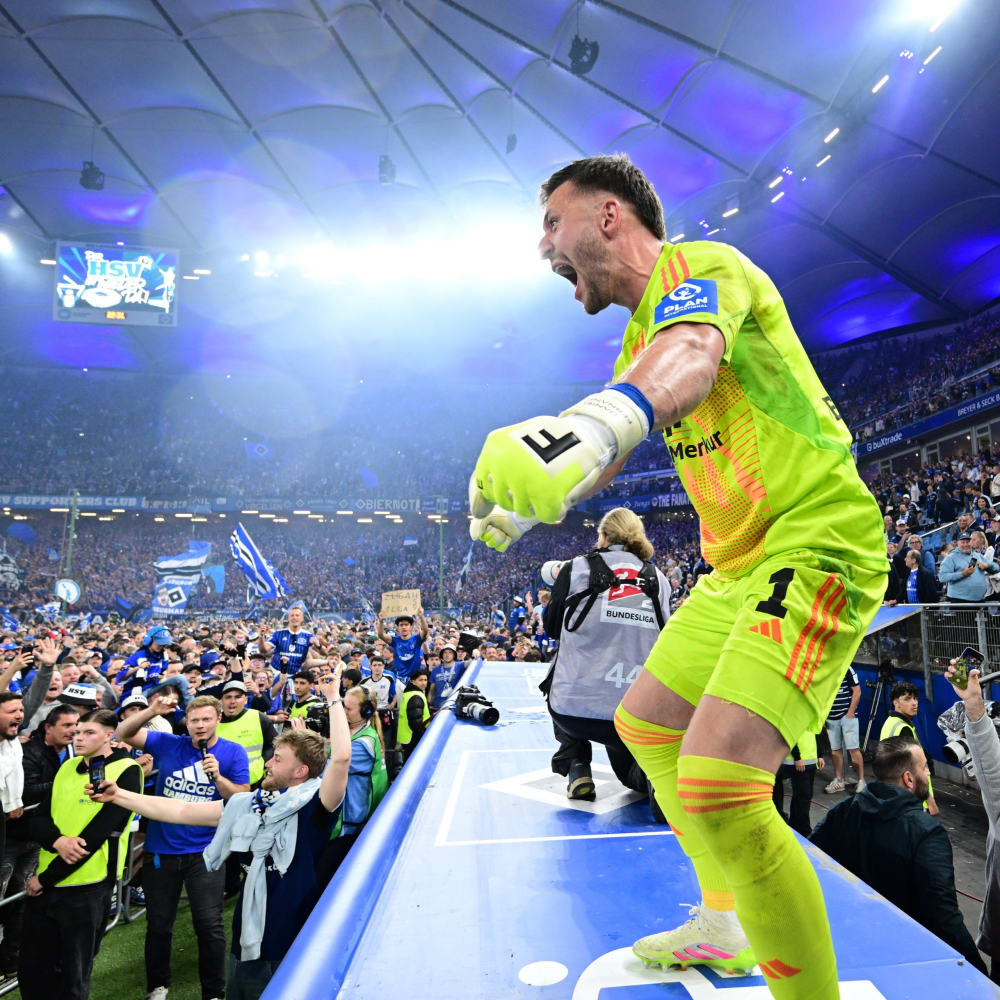
Industry First: Emily Jagos on Designing Adaptive Wheelchair Basketball Kits
Emily Jagos, Design Director Innovation, gives us a look behind the scenes on how inclusion influences innovation.

In October, adidas employees participate in a Global Week of Inclusion, dedicating time for discussions to inform, inspire, and educate on Diversity, Equity, and Inclusion. In Portland, we’ll have hands-on workshops with Adaptive Sports NW, a nonprofit dedicated to enhancing the lives of children and adults with disabilities through recreation and competitive sports like wheelchair basketball. We sat down with Design Director Emily Jagos to discuss how inclusion influences innovation and how adidas’ Innovation team created industry-first adaptive clothing for wheelchair basketball athletes.
Emily, you’ve been designing true to the adidas’ principle of “creating the best products for athletes” for nearly a decade. Tell us about your adidas career path.
Ever since I was in college studying fashion design, I’ve asked, ‘How can I use my talents to solve problems?’ Performance apparel is a great channel for that question. I started with the adidas Training team in 2015, where I led the design of the Brand’s first inclusive sizing range. I also did a stint at the adidas Brooklyn Creator Farm, a dedicated innovation hub. In 2020, I joined the Innovation team in Portland and have worked on exciting products, like costumes for the second Black Panther film, patenting the Fast Impact Luxe High Support Run bra, Reflect at Night apparel, and our wheelchair basketball kits.
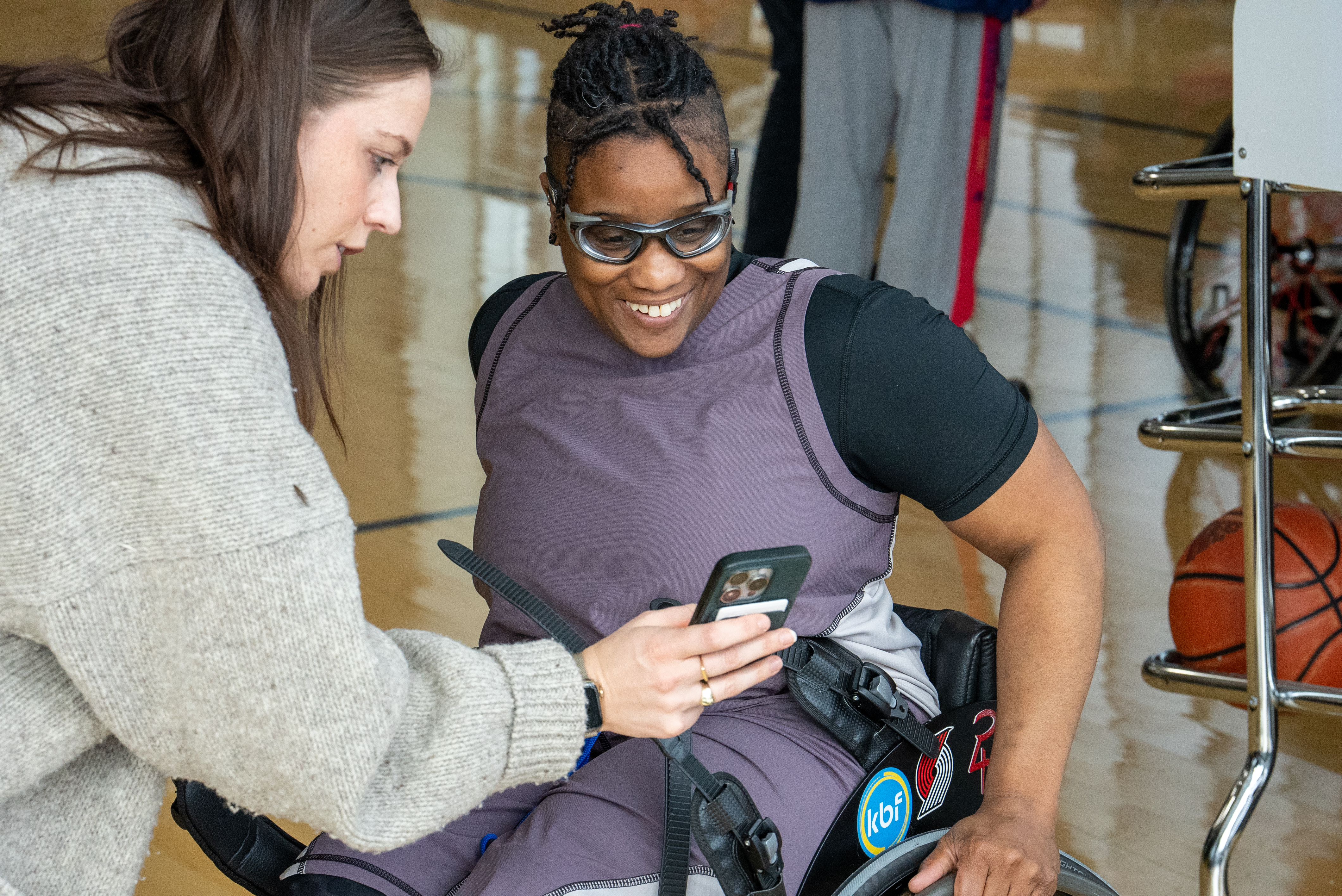
In the spirit of our Week of Inclusion and how it translates to creating the best products for athletes, Emily, how and why did your team pursue an adaptive design project?
The initial project happened organically. Designers at the former Brooklyn Farm saw an opportunity to partner with the City University of New York (CUNY), which had a competitive wheelchair basketball team with a very reputable coach. The design team set out to gather a bunch of insights from athletes who weren’t being offered product made specifically for them.
"We saw a huge opportunity to create something meaningful that doesn’t exist in the market yet, to turn the brand’s mission of changing lives through sport into a reality."
They played some wheelchair basketball, spoke with the players, and created a couple of concept garments. It was totally designer-led.
Last year, the Innovation team started talking with Footwear and Apparel teams about what a big opportunity the 2028 Olympics and Paralympics in Los Angeles would be for highlighting North American talent and product to a global audience.
As discussions progressed, some of us still had the wheelchair basketball and adaptive clothing concept in our heads. Coincidentally, the Training business was working on the adaptive pant and t-shirt that have since been released; and Specialist Sports advocated to put resources towards the 2024 Paralympics. We had all started exploring this topic at the same time.
Again, it was a designer-led effort to prepare and pitch a concept to leadership. Our team got the green light to kick off our partnership with Adaptive Sports Northwest, a local organization that houses wheelchair basketball teams. Its director, Jen Armbruster, is a seven-time Paralympian goalball player, and she and her team jumped right into an amazing partnership with us. Once we had developed concepts, we had support to bring the idea to life right away, rather than wait for LA ‘28.


From your perspective, how are inclusion and innovation connected?
The most meaningful innovations start with the goal of inclusion. The role of design is to build ideas born from insights. Our process begins by considering a particular set of needs that someone has, and then, through design, extends the impact to help a wider pool of people.
It takes diverse perspectives and expertise to bring our ideas to life. We partner with a team of designers, developers, engineers, and athlete scientists. Throughout the development process, we’re pioneering new methods of manufacturing product, like applying footwear processes to apparel construction or developing new machinery. We’re doing a ton of experimenting and troubleshooting to get to the end product.
If we design something for an under-represented group, like athletes who use wheelchairs, the critical thought process can inevitably help us think more inclusively about how we can design products for everyone else. That progressive expansion is powerful.
What best practices made the collaboration effective with athletes during the design process?
Involving athletes throughout the creation process was front and center for us, and Adaptive Sports Northwest was an exceptional partner. We met with the players quite a few times over a four-month period, hosting the Portland Wheelblazers (the local co-ed team) and the Pacific Northwest Reign (a regional women’s team) on campus for practices, fits, interviews, insight gathering, and design reviews.
It was important to make sure experiences were accessible. One of our key events on campus took place during an epic snowstorm. Beforehand, our team walked the space to make sure routes were accessible, pathways clear, parking was easy to navigate, and that the athletes were provided with a premium experience we’d offer to any athlete or team when visiting campus.
Centering athletes in the design process produces the best for the athlete. The adidas team’s thoughtfulness in building engaging, accessible experiences showed through in how happy the players were to participate throughout the project.
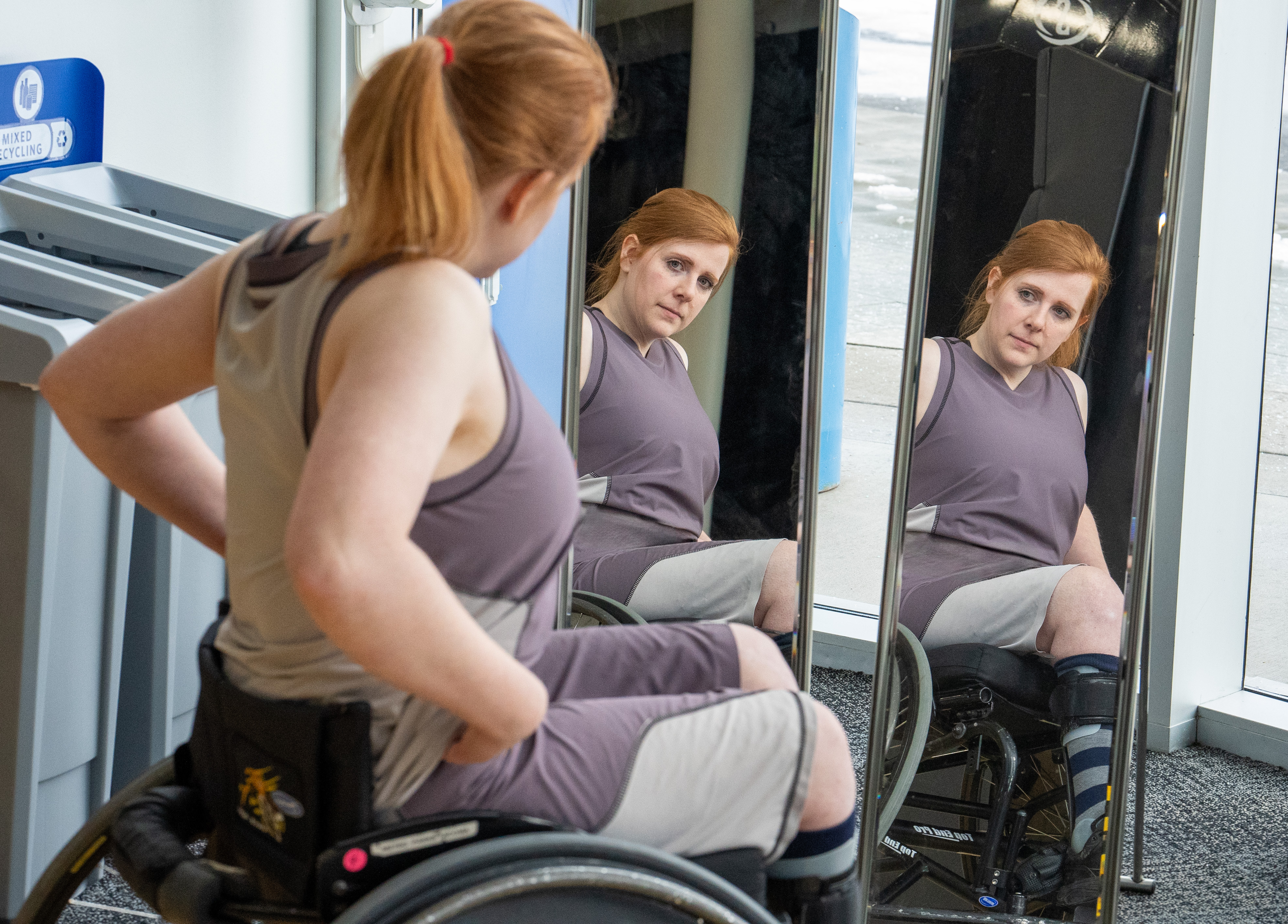
Share some of the discoveries that influenced the finished designs. Was anything surprising?
Our process was centered around inclusive design. We approached these kits as we would any other project, knowing that our athletes told us they wanted their kits to look and feel like a traditional basketball uniform.
We went in with assumptions about what the athletes were looking for. Based on our initial research, we assumed that lots of adjustability features were needed, like pull tabs that would be easy to grab to help with putting kits on and off. It was clear after our first conversation with the athletes that those things were unnecessary. They’re athletes and they’re very agile. Athletes with disabilities already take extra steps to dress or undress and just need us to make it less complicated.
After working so closely with the athletes, what adaptive design features were incorporated into the kits?
The main objective of our work was to create apparel made for athletes’ bodies and their position in the wheelchair. We crafted entirely new patterns made for the seated position.
From the placement of the branding and badging, the finishing and details of the garments, to the silhouette of the kit when on the body, we wanted to start with seated kits as the model, knowing that the stand-up kits could be drafted from them.
This really was a first for the industry. We adapted the NCAA standards as a starting point because uniform standards do not exist for wheelchair basketball.
The designers worked to reduce distractions, enhance comfort, and promote better moisture management. Waistbands and hems are pitched (angled to follow body contours), leg openings are narrowed, and the overall shapes of the garments are much more tailored to promote optimal movement while in a chair. Lightweight, durable fabrics were used to promote better airflow and sweat management.
We finessed the kits down to the smallest detail. Badging, naming, and branding were all considered so that they’d be more visible and not covered up by the chair.
The athletes were able to wear and put the kits into action at the 2024 NWBA Wheelchair Basketball National Championships in April. What was the feedback from athletes?
There was overwhelmingly positive feedback, and the players loved how their new kits fit. First and foremost, the main feedback was, “I didn’t have to think about my uniform.”
Before our kits, they were always thinking about their uniform, tugging, pulling and adjusting. They were able to focus on their game.
The players were also excited about how lightweight and quick drying the kits were. It’s typical for athletes to hand wash their kits between away games. Throughout the weekend-long tournament, the athletes had to make use of their hotel room sinks and wash their kits multiple times. Having lightweight, tailored kits made that process much easier for them.
The tournament had players of all ages, and it was incredible watching kids zipping around and watching athletes speeding, turning, shooting, and blocking. Basketball is such a physical game.
Playing while using a wheelchair requires an additional skill set. It can be aggressive, and there’s a lot of falling and slamming into things. It’s awesome to see the energy, skill, and passion often overlooked by our society and the world they live in, which is not made for them.
We met some of the Para USA players. One player shot three-pointers every time the buzzer sounded. Every quarter, the clock was ticking down and my mouth was hanging open. Watching her was like watching Damian Lillard. These talented players don’t get enough attention.
The athletes looked polished and professional in their kits, which matched their level of incredible athleticism. It was gratifying to see how happy they looked.
What will you take from this experience and apply to your process in the future?
Bring athlete partners on the full journey and throw assumptions out the window. Designers can use their expertise in solving problems and making things beautiful, but it’s important to keep the athlete and their knowledge front and center. I think this work has resonated because we included the athletes from day one and worked to make the experience meaningful for them until the end.
"This project has highlighted how important collaborative teamwork is. We had to work under incredibly tight timelines and hold hands through the whole thing, and we managed to have a lot of fun doing it!"
What do you see as the future of adaptive apparel on or off the court?
I can only see this space growing from here. The United Nations estimates that one billion people * worldwide live with disabilities. Viewership of the Paralympics is growing exponentially, and beyond the fact that these athletes are wildly under-served, and adaptive apparel can change lives, building for this consumer just makes good business sense. It’s an untapped market with huge growth potential, and no major brands are tackling it. I’d love to see adidas continue leading the way.
* Factsheet on Persons with Disabilities | United Nations Enable




